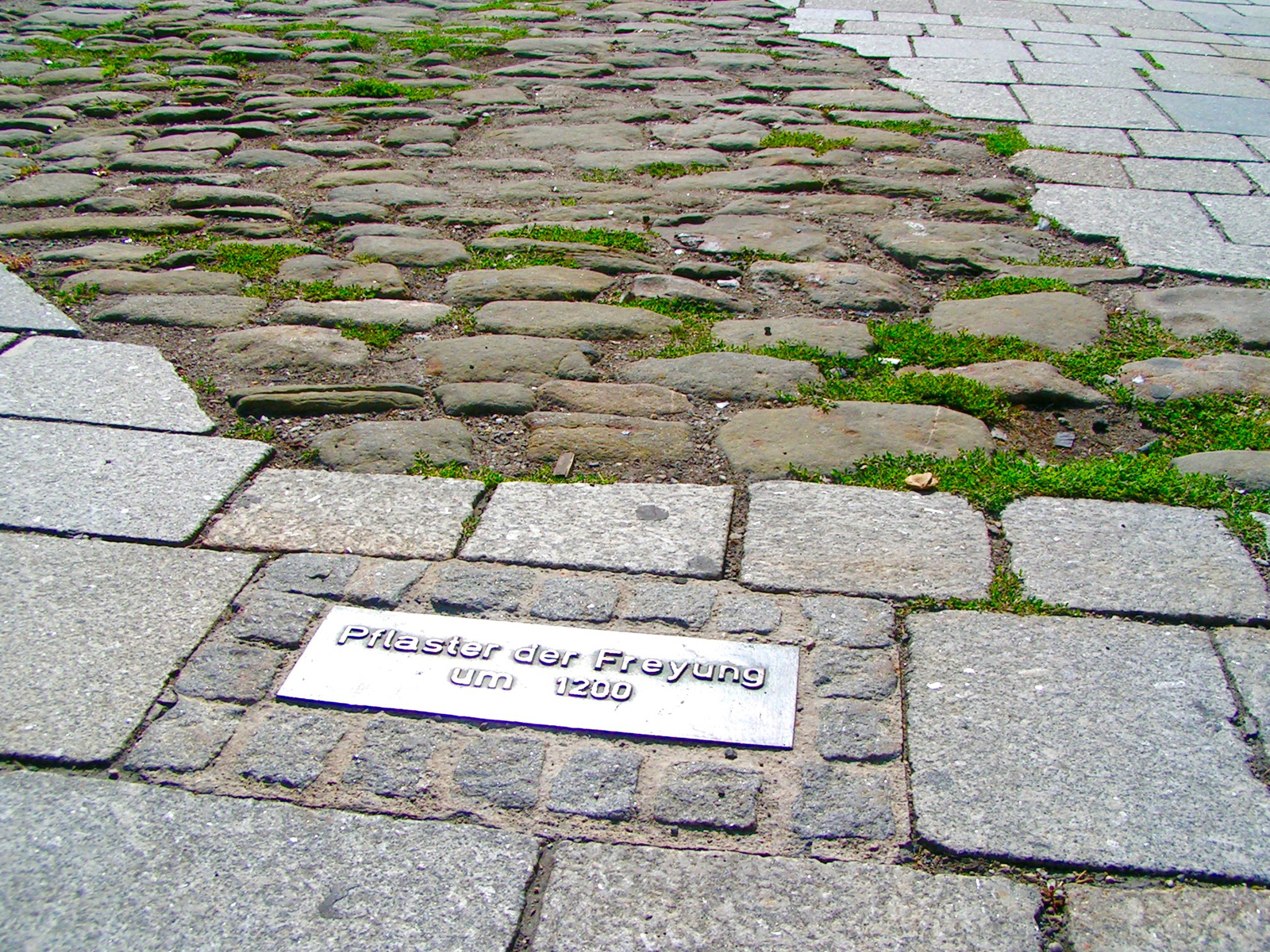The Paver’s trade
Traditional craftsmanship throughout Austria, inscribed 2018
The paver’s trade is a sustainable form of craftsmanship that has for centuries involved manual labour but nonetheless continued to develop as technology has advanced. The paver’s trade became its own occupation quite early on, and in today’s Austria, it is a regulated occupation in which historical crafting knowledge is passed on to the next generation both orally and through actual practice.
The specialised expertise, experience, and crafting skill of a master paver come together to make every paved surface a unique hand-crafted work of lasting value. In order to perform this high-quality manual trade, traditional tools (paving hammers for small and large stones, etc.) are required; on the other hand, today’s pavers also work with modern machines (stone split press machines, etc.) in order to lessen the strain of manual labour. The contexts in which paving stones can be employed are nearly limitless, ranging from one’s patio at home to road construction and on to commercial areas.
These days, paving is a skilled construction industry trade that can be learned in the form of a three-year apprenticeship in Austria’s system of dual education. Apprentices who pass their final exams are granted journeyman status and can thereafter take the examination for the master craftsman’s certificate, which entitles them to head their own businesses as master pavers. Due to limits on the numbers of trade licenses and a decreasing number of businesses led by qualified masters, many paving businesses are unable to take on and appropriately train apprentices in the trade. Alongside the transfer of knowledge from masters to apprentices, measures such as the publication of the Pflasterer Handwerkerbuch [Paving Craftsman’s Book] in 2012, cooperative arrangements with schools, and public relations work are being pursued in the interest of preserving the paver’s trade.
Downloads
- Bewerbungsformular 248 KB (pdf)
- [Translate to EN:] Expertise Drexel 111 KB (pdf)
- [Translate to EN:] Expertise Zimmeter 369 KB (pdf)


![[Translate to EN:] © J. Ségur/ZED, with the permission of UNESCO](/fileadmin/_processed_/d/b/csm_Convention-2003-IKE_0832a6a47d.jpg)
![[Translate to EN:] © ÖUK](/fileadmin/_processed_/3/9/csm_P1011318_7eac86402f.jpg)

![[Translate to EN:] © Weitblickfilm](/fileadmin/_processed_/9/8/csm_Workshop_17_2dee1e1fd8.jpg)